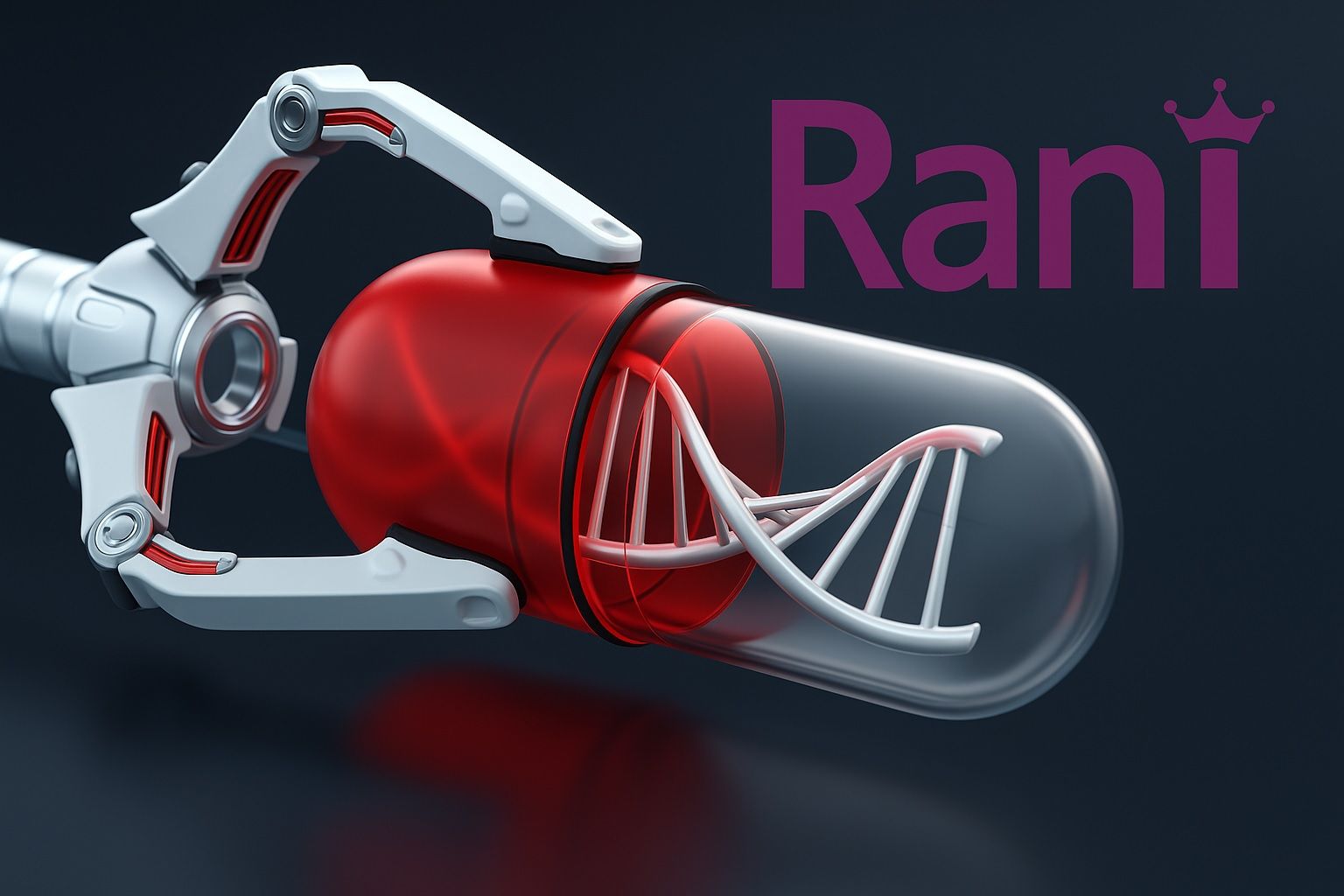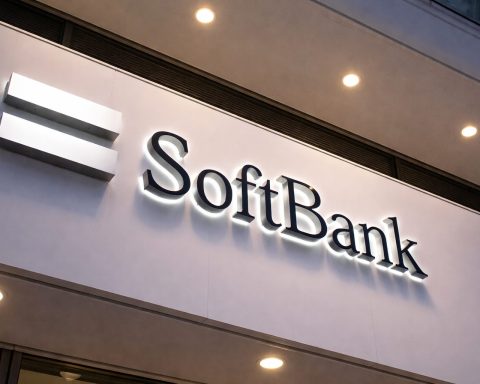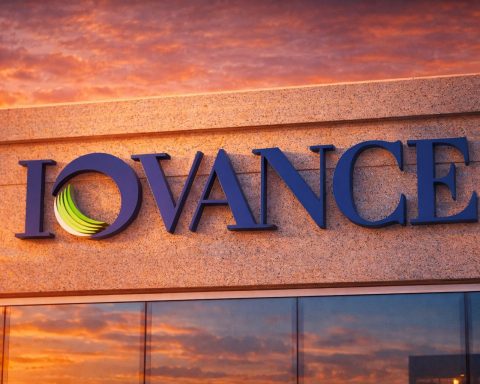- Stock Rally: RANI stock exploded roughly +150% on Oct. 17, 2025 [1], jumping from about $0.47 pre-news to around $1.30 intraday. By Friday’s close it was ~$1.64 [2], with modest gains in after-hours trading.
- Chugai Deal: Rani struck a Collaboration & License Agreement with Chugai Pharmaceutical (a Roche subsidiary) to develop an oral biologic therapy for a rare disease. Rani will receive a $10 million upfront payment and is eligible for up to $75 million in development milestones, plus up to $100 million in sales milestones and royalties [3]. Chugai can extend rights to up to 5 additional drug targets under similar terms, bringing the total deal value to about $1.085 billion [4].
- Financing Boost: Concurrently, Rani announced an oversubscribed $60.3 million PIPE financing led by biotech investor Samsara BioCapital (with RA Capital, Anomaly, Invus and others) [5]. The company says the PIPE proceeds, plus the Chugai upfront and early milestones (~$18M), will fund operations into 2028 [6] [7].
- CEO Commentary: Rani CEO Talat Imran hailed the deal as a “pivotal moment” combining “Rani’s cutting-edge oral delivery platform technology” with Chugai’s antibody expertise [8] [9]. He emphasized the potential to transform treatment for high-unmet-need diseases by replacing injections with pills. Chugai’s R&D head Tomoyuki Igawa echoed this, noting Rani’s technology “opens up new possibilities” for oral biologics [10].
- Analyst Sentiment: Wall Street analysts are divided. A handful of analysts rate RANI a Strong Buy with 12‑month targets in the $7–$9 range [11] (hundreds of percent above Friday’s levels), reflecting excitement about the platform. By contrast, TipRanks’ AI-powered Spark model warns of “significant financial struggles” and rates RANI an Underperform, given its lack of revenue and cash burn [12]. (Before the deal, Oppenheimer’s April report had a $4 price target [13].)
- Chart Trends: RANI’s stock had traded around $0.45–$0.50 for weeks, flirting with Nasdaq’s $1 bid-price minimum. The Oct. 17 news sent it briefly to ~$1.37 [14] (peaking at $1.83 after-hours [15]), snapping it out of penny-stock territory. Heavy volume (~70 million shares on Oct. 17 vs. ~300K avg. [16]) accompanied the move. Prior to Friday, RANI was down roughly 65% YTD (and ~80% below last year’s levels) [17], underscoring how steeply it had been beaten down.
Rani Therapeutics, a clinical-stage biotech developing the RaniPill® capsule for oral delivery of biologic drugs, was essentially flat around $0.45–$0.50 from mid-September through early October. On Oct. 17, it announced a collaboration with Chugai (which is majority-owned by Roche [18]) to turn one of Chugai’s injectable rare-disease antibodies into a pill formulation. The news, coupled with the new funding, ignited a buying frenzy [19]. By mid-day Friday, RANI was up ~180% on the session [20], markedly outpacing the broader market’s modest gains (the S&P 500 and Nasdaq Composite were each up only ~0.5% that day [21]).
Deal Details: Under the Chugai pact, Rani gets $10M upfront, up to $75M in tech-transfer/development milestones and up to $100M in sales milestones, plus royalties [22]. If Chugai exercises options on five more drugs, Rani stands to collect an additional ~$900M (bringing the total to ~$1.085B [23]). Rani’s press release and Dow Jones report note that this sum is transformational for a company whose market cap (even after the pop) is only ~$40–50 million [24]. Rani’s CEO Imran said the deal “represents a convergence of Rani’s…oral delivery platform and Chugai’s expertise” and offers a chance to develop “a transformative oral therapy” for rare diseases [25]. Chugai’s Igawa added that integrating Rani’s technology will “accelerate our challenge to realize advanced, patient-centric healthcare” [26].
At the same time, the $60.3M private placement deal (priced near $0.48/share) brings in well-known biotech backers. Samsara BioCapital and RA Capital Management led the round, along with Anomaly, Invus, Mir Imran (Rani’s founder) and others [27]. Rani says these proceeds plus the Chugai payments will fund the company through 2028 [28] [29] – a vital extension given that Rani had only ~$10M cash on hand at mid-2025 [30] and had been raising small amounts ($7.3M combined in Q2 warrant and direct offerings).
Market Context: RANI’s spike is highly unusual even for biotech. By comparison, broad biotech indexes and peers showed little reaction. For example, the Nasdaq Biotechnology index was essentially flat on Oct. 17 (its daily change ~0.0%), and large-cap drugmakers made only modest moves [31]. RANI’s leap is driven solely by this news; without it, the stock lacked fundamental support (no products yet). Its volatility remains extreme: any setbacks in development could send it tumbling, analysts warn [32].
Analyst and Expert Views: Few Wall Street firms cover tiny Rani, but those that do have lofty targets. Market data sites report “Strong Buy” consensus with average 12‑month targets in the $7–$8 range [33]. TipRanks points out Rani’s “no revenue and consistent net losses,” hence its bearish Spark rating [34]. In mid-2025, Oppenheimer analyst had set a $4 target (after highlighting Rani’s focus shift to obesity drugs) [35]. Overall, experts characterize Rani as a high-risk, high-reward microcap: the Chugai deal validates the technology and de-risks the pipeline somewhat, but execution is key.
In summary, Rani’s stock exploded on Oct. 17 after the Chugai announcement and financing, driving it well above $1 [36] [37] and alleviating near-term delisting concerns. Investors are now watching closely whether Rani can translate this marquee partnership into successful drug trials.
Sources: Rani Therapeutics press releases and newswires [38] [39] [40]; Reuters and Dow Jones coverage [41] [42]; analyst and market data sites [43] [44] [45].
References
1. www.investing.com, 2. www.investing.com, 3. www.investing.com, 4. www.investing.com, 5. www.investing.com, 6. www.investing.com, 7. www.reuters.com, 8. ir.ranitherapeutics.com, 9. www.investing.com, 10. ir.ranitherapeutics.com, 11. ts2.tech, 12. ts2.tech, 13. www.tipranks.com, 14. ts2.tech, 15. finance.yahoo.com, 16. ts2.tech, 17. ts2.tech, 18. www.reuters.com, 19. ts2.tech, 20. ts2.tech, 21. www.investing.com, 22. www.investing.com, 23. www.investing.com, 24. ts2.tech, 25. ir.ranitherapeutics.com, 26. ir.ranitherapeutics.com, 27. www.investing.com, 28. www.investing.com, 29. www.reuters.com, 30. ir.ranitherapeutics.com, 31. www.investing.com, 32. ts2.tech, 33. ts2.tech, 34. ts2.tech, 35. www.tipranks.com, 36. ts2.tech, 37. www.investing.com, 38. www.investing.com, 39. ir.ranitherapeutics.com, 40. www.reuters.com, 41. www.reuters.com, 42. www.investing.com, 43. ts2.tech, 44. ts2.tech, 45. ir.ranitherapeutics.com










